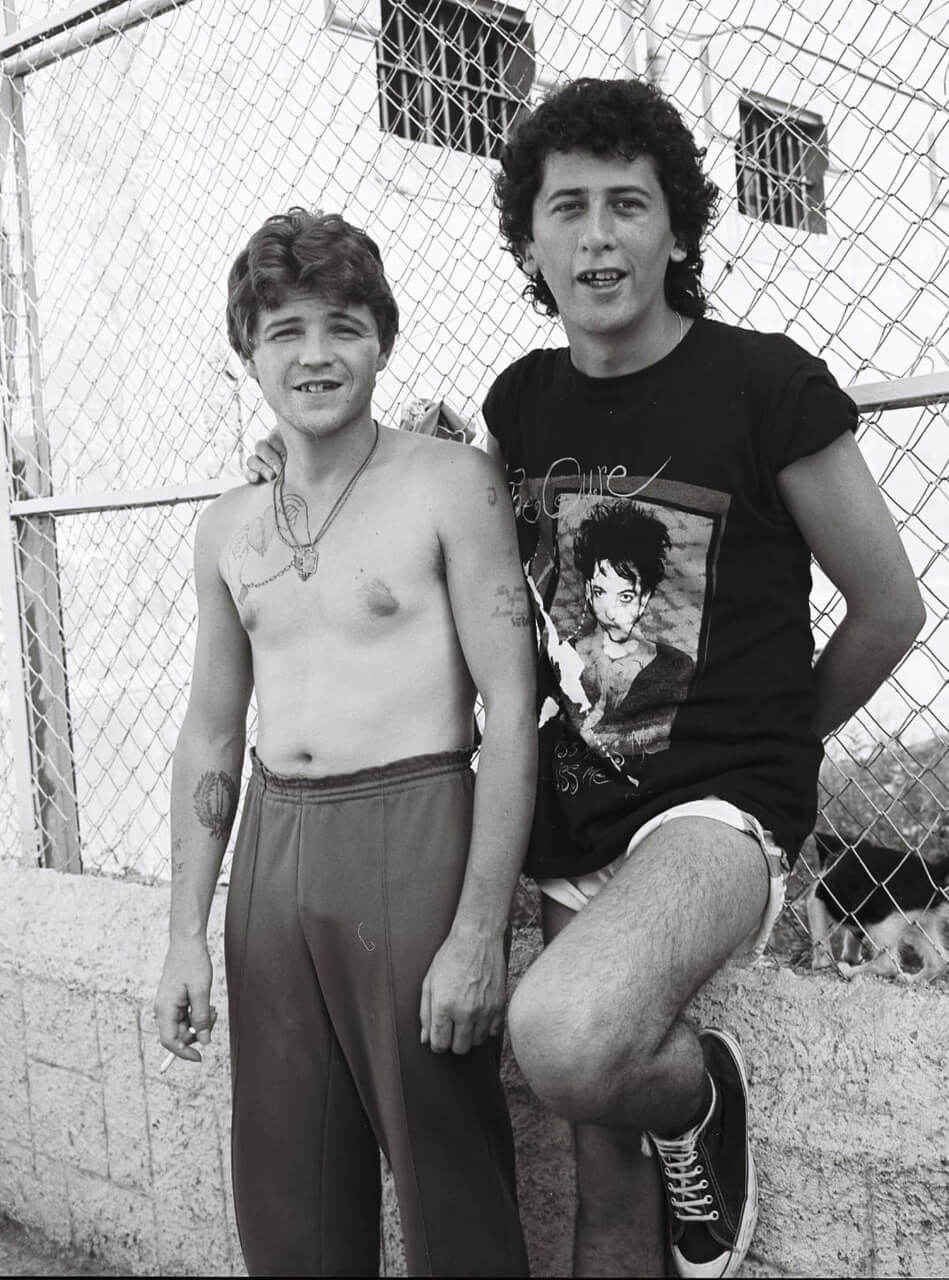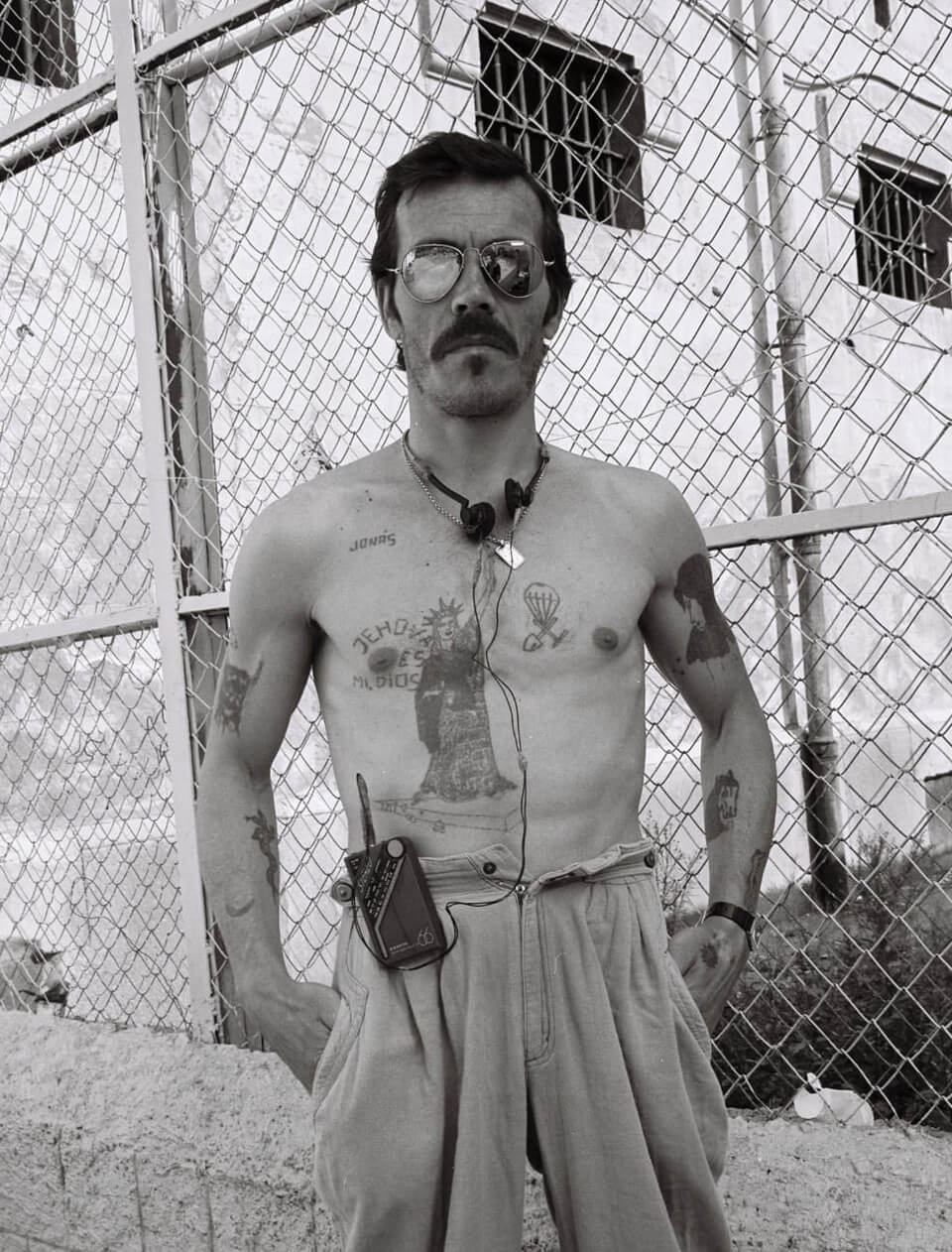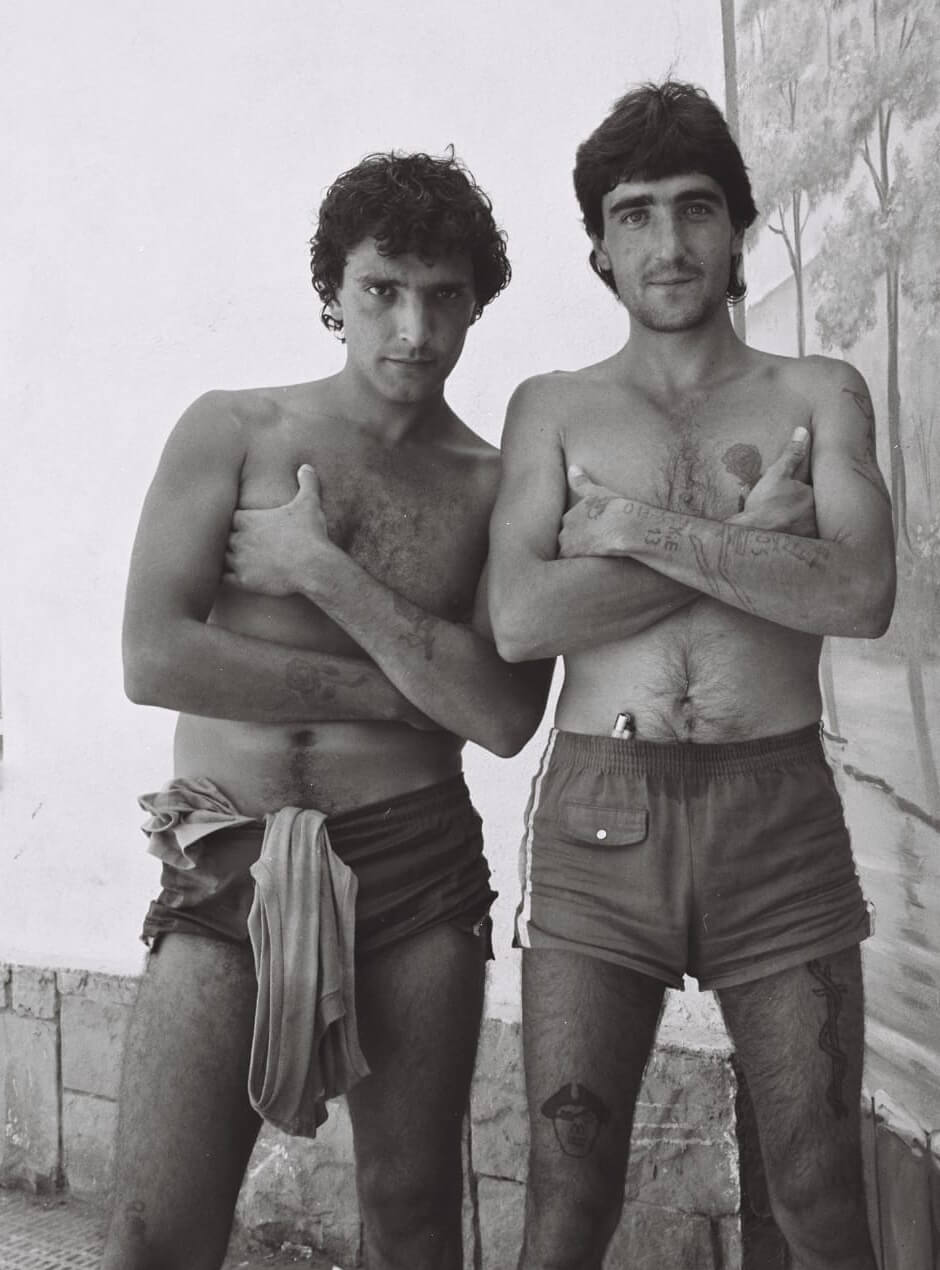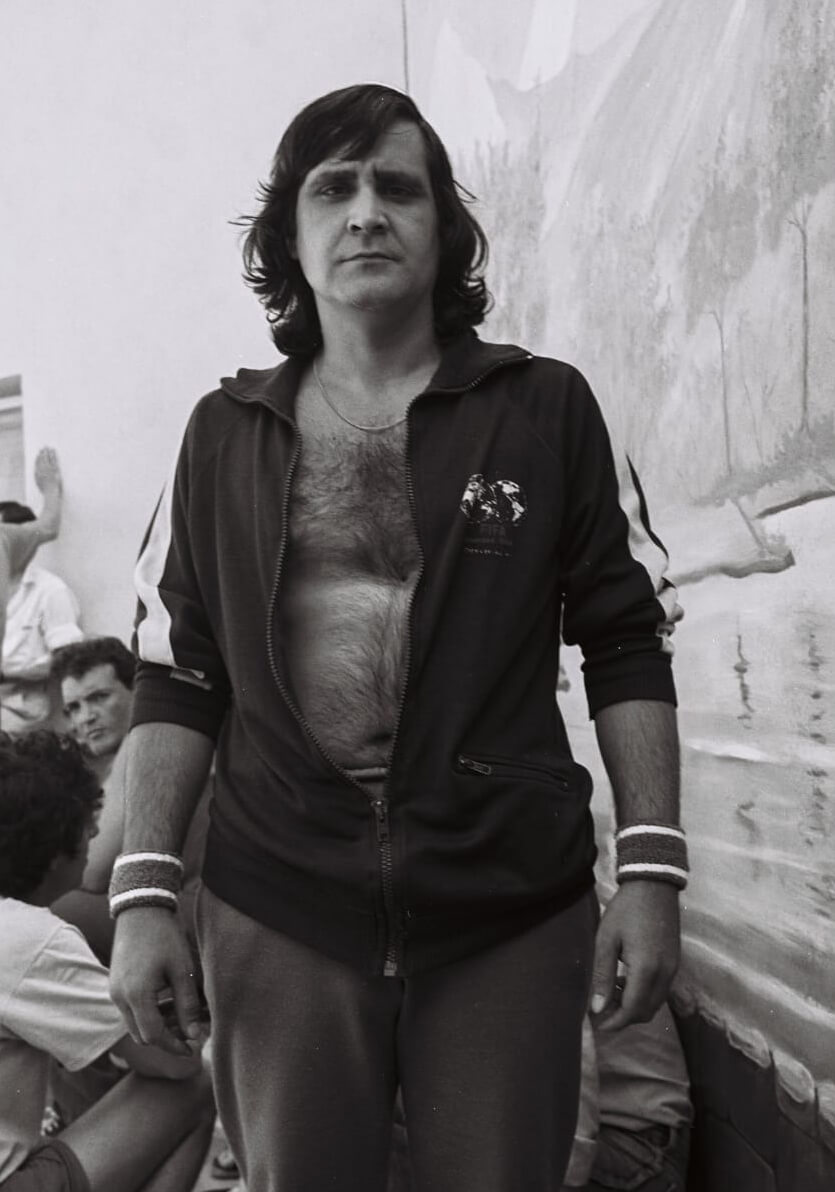Javier Inés
Zaragoza, 1956- Barcelona, 1991
Photographer. Orphaned by unknown parents, he grew up in the Pignatelli orphanage in Zaragoza. When he was a teenager, friends gave him his first camera, a simple Werlisa Color, with which he became fond of photography to portray the world around him. He attended photography workshop courses at the Spectrum Canon Gallery in Zaragoza for four years, where in 1981 he had his first exhibition at the age of twenty-five.
In 1985 he moved to Barcelona, attracted by Barcelona’s nightlife and show business. He combined his profession as a photographer with that of a night waiter in fashionable venues, such as KGB or Distrito Distinto, income that helped him expand his photographic equipment. He set up a portrait studio in his home and began doing commissions for advertising agencies. He published in the main magazines of the time such as Vivir en Barcelona, La Vanguardia Mujer, Primera Línea, Ajoblanco, etc.
In addition to his professionally commissioned work portraying the triumphants of the worlds of finance, television, art, fashion and entertainment, Inés assiduously photographed the underground world and Barcelona’s nightlife, exploring the forbidden areas of the city. His models were those awkward characters, the invisible ones for a city of triumphants on the eve of the Olympics. Javier Inés portrayed them with humour and empathy to highlight the authenticity of their lives that made them different and attractive both humanly and photographically: prostitutes, drag queens, transsexuals, vedettes and any citizen who crossed the street and seduced her visually. Javier Inés wondered about the ins and outs of their lives, their reasons and passions talked to them and convinced them to pose in her studio in exchange for whatever they asked for, sometimes a sandwich. Javier Inés’ archive has that duality between the most “modern” and triumphant Barcelona, a prelude to the Olympics, and the underworld in which other artists also moved, who, like him, sought the force of life to the limit. “I think my characters are happy. I think they accept their fate. And I try to make their faces humorous and funny. I’m not satisfied with just taking a photograph, a portrait. I want to go further, to make a mystery, some magic, appear.”
Excerpt from Laura Terré’s dossier on the photographer












